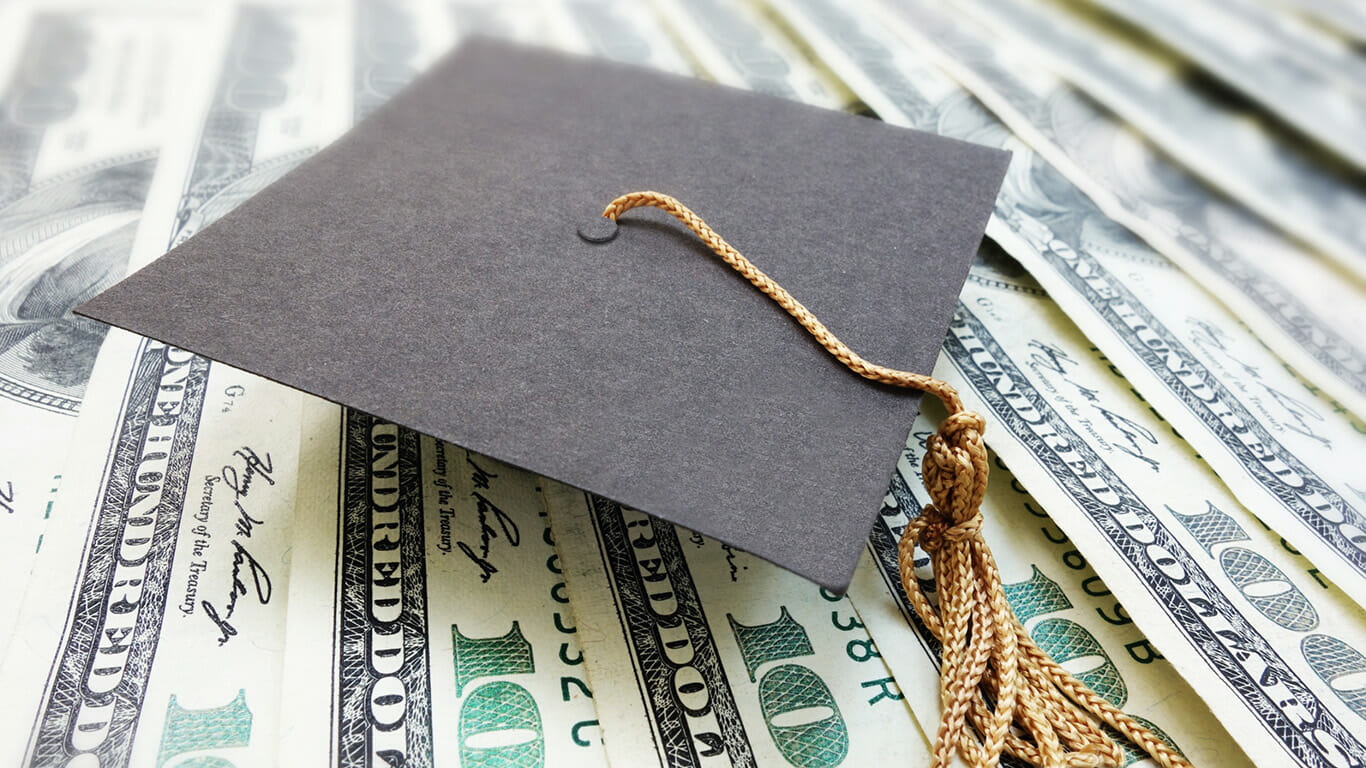According to the Education Data Initiative, the average federal student loan debt hovers around $37,000, with a total average balance, including private loans, totaling close to $39,000. In Arizona alone, there are 887,100 student borrowers, 47.7% of whom are under the age of 35. For many Americans – regardless of age – these debts are challenging, and for others they are crippling.
MORE NEWS: 3 Valley cities among Top 20 best places for summer jobs
Historically, the path to discharging a student loan through bankruptcy was arduous at best. Now, with more awareness and advocacy to relieve student debt, the tides are finally turning.
History of Student Loan Debt: Long and Winding Road

President Joe Biden’s plans to cancel student debt for tens of millions of Americans not only raised awareness of the extent of educational loan debt in the U.S., but they also shed light on challenges associated with discharging student loans through bankruptcy.
To understand the process of discharging student loan debt, it’s helpful to take a broad look at how the student debt crisis evolved over the decades – 50 years in the making, in fact.
One of the biggest contributing factors to the accumulation of student debt is linked to one government entity feeding another government entity without oversight. For decades, little due diligence took place involving appropriate administration and distribution of student loans. As a result, student loan debt skyrocketed, and the faultiness of the loan process bubbled up to the surface.
Now, 43.2 million borrowers have federal student loan debt.
What Does It Mean to Discharge a Student Loan?
When a person does not qualify for student loan forgiveness, they may be able to discharge a loan via bankruptcy. Essentially, student loan forgiveness and student loan discharge mean the same thing. The differentiators of the two apply to the criteria that must be met for each process.
To be clear, the process of discharging student loans under bankruptcy is only possible through a very narrow legal “exception.” When your attorney asks the court to apply this unique exception to your case, it’s referred to as an adversary proceeding. A judge then “tests” the exception under the guise of the Brunner test – a three-part assessment historically used (in all but two of the judicial circuits) to determine if the exception is appropriate.
The three prongs of the Brunner test include:
- A minimal standard of living that precludes debtors from being able to pay the loans (allowing no discretionary income at all).
- Circumstances show the hardship will exist for a prolonged and indeterminate period (this was never clearly defined but was usually interpreted subjectively as the years remaining before retirement).
- A good-faith effort was made to repay the loan.
One of the major flaws of the Brunner test centers on the second aspect of the assessment. When the precedent to prove financial hardship was established, the length of time was almost an impossibility to prove as no one can be certain of what the future holds. This was a significant roadblock to discharging a student loan, not to mention creating an exhaustive experience for the client.
A Clearer Path to Discharging Student Debt
Preceding Biden’s plans, collaborative efforts with the Department of Education (DOE) helped to examine these near-impassible criteria to relieve student debt. And what was discovered was that the process was indeed bent, if not broken.
The outcome thus far, while not perfect, has produced a clearer designation of what needs to be proven to satisfy the requirements for discharging student loan debt through bankruptcy.
The newer guidance stipulates that the debtor has the option of using the means test to prove a minimal standard of living, which would automatically qualify them, under that specific prong. The debtor can also use current circumstances with IRS Standards if they are more likely to prove the minimal standard. However, the debtor still needs to meet the other two criteria as well. Fortunately, these elements are now streamlined to benefit the debtor.
The strength of the updated guidance is that it explains more clearly what is required to meet the three criteria of the Brunner test. It also means less guesswork for the parties involved.
How the Student Loan Debt Relief Process Works
Once the criteria for student loan discharge under bankruptcy is met, an attorney files the adversary proceeding. From here, all negotiations of a debtor’s case are handled between their attorney and an Assistant U.S. Attorney (AUSA), including an agreement between both parties to put the case on hold first. This pause in the case is to allow for the attestation process.
The attestation is a multipage, highly specific legal document that must be signed under oath by the debtor. This signed document provides the evidence to prove the three required elements – based upon the Brunner test – exist. The attestation is then provided to the AUSA. From there, AUSA makes a recommendation to the DOE analyst who either accepts, rejects or asks for more info about case details, prompting negotiation.
The final outcome is either a recommendation for a full discharge, partial discharge or no discharge. The process start to finish should theoretically take about 90-120 days, but in reality often takes much longer.
It may sound arduous – and it can be – but the good news is about 80-85% of cases end in a student loan discharge rate, mostly full discharges and some partial.
What Happens Now and Moving Forward?
With all the ongoing dialogue around student loans, lawyers specializing in these unique types of discharges – like Guidant, which is focused on federal loans – are busier than ever. However, the potential for a change in administration in November poses a risk. There is real concern about the possibility of going back to less debtor-friendly standards. The ever-present goal is to establish enough precedent and history to prevent that from happening.
In the meantime, it’s important for people to understand that when it comes to managing student loans, there is no downside to initiating the process. There are additional pathways of discharging student loans outside of bankruptcy that may apply in some cases. Speaking with an expert on student loan debt resolution can help determine which method is best.
Author: Karen Bentley is an attorney at Guidant Law Firm, specializing in student loan debt discharges, debt resolution, bankruptcy and litigation. Bentley has been involved in a diverse portfolio of cases, negotiating multiple settlements for student loan discharges and debt resolution in excess of $1,000,000. She can be reached at karen.bentley@guidant.law.




